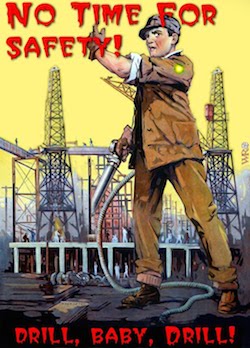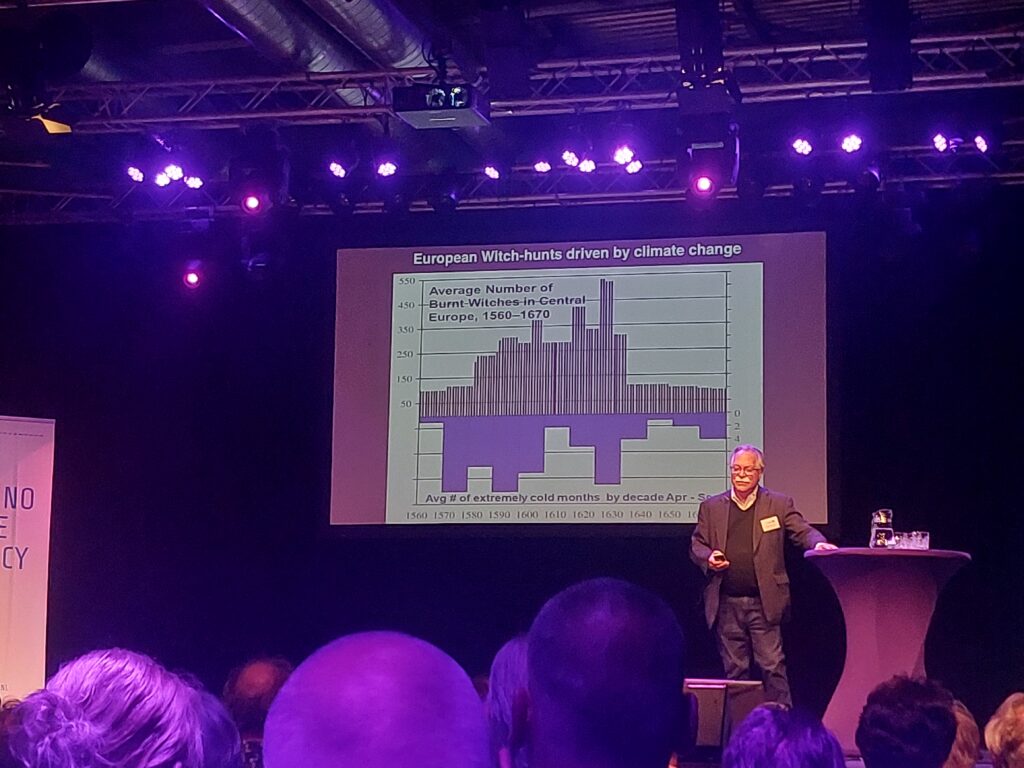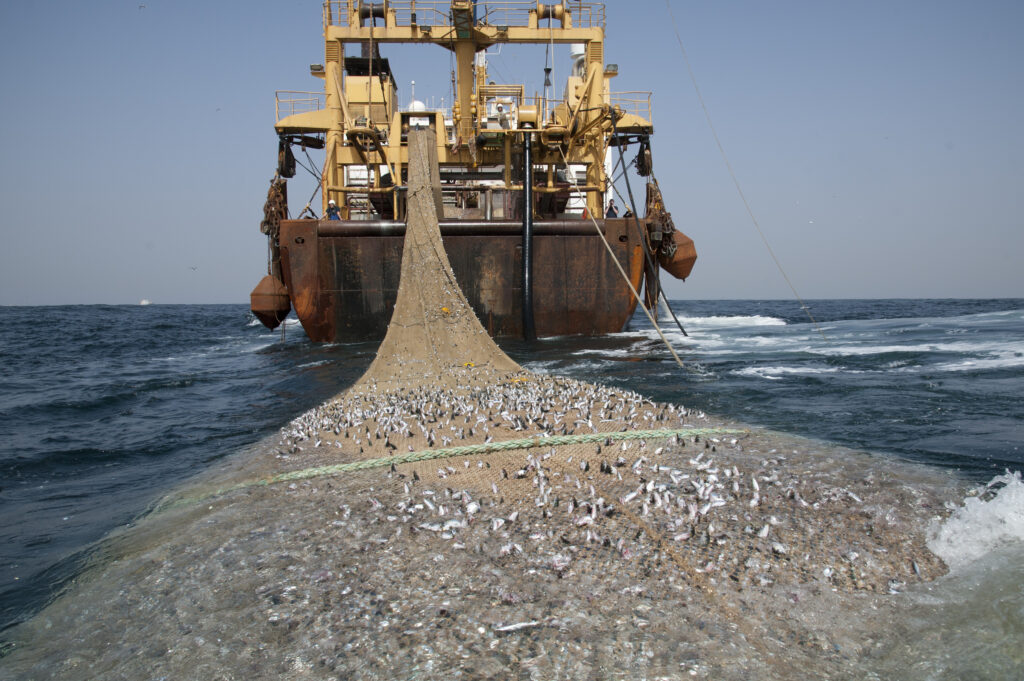Two Republican members of the Senate Energy and Natural Resources Committee will be releasing a white paper later this week that will allegedly make the case that “regulations” and legislation that “raises energy costs” is damaging America’s underclass.
Senators Lisa Murkowski (AK) and Tim Scott (SC) have teamed up with the conservative Manhattan Institute for Policy Research to once again push the bogus theory that government regulations and environmental safeguards are costing American consumers too much money and destroying jobs. The paper will officially be released at a Manhattan Institute event on September 18.
According to The Hill, a representative from Murkowski’s office said that the Senators will be speaking about “the economic, political, and social consequences of allowing energy insecurity to rise in America.”
Both Murkowski and Scott have been notorious opponents of many of the Obama administration’s environmental protection initiatives and have also been on the receiving end of the dirty energy industry’s largesse. Murkowski’s two largest donor industries are electric utilities and the oil and gas industries, receiving a combined $1,490,257 over the course of her career in the Senate. Scott, a freshman Senator, has received $411,701 from the two industries during his short time in office.
The Manhattan Institute is also heavily funded by the dirty energy industry. While the institute does its best to keep its donors secret, documents show that the group has received funding from the Koch Family Foundations, Exxon and Reliant Energy.
The white paper appears to be a response to the EPA’s new power plant emissions standards released this summer. The new standards require power plants to reduce their emissions in compliance with the Clean Air Act, and as part of an overall effort to meet guidelines to help reduce the United States’ contribution to climate change. The Washington Post lays out the economics of the plan, as well as the health savings:
The EPA estimates that the new rule would cut traditional air pollutants such as sulfur dioxide, nitrogen oxides and soot by 25 percent, yielding a public health benefit of between $55 billion to $93 billion when it is fully implemented, with 2,700 to 6,600 premature deaths avoided and 140,000 to 150,000 asthma attacks a year avoided. The cost, by contrast, would be $7.3 billion to $8.8 billion.
The EPA said that for every $1 invested, Americans would reap $7 in health benefits.
If the EPA rule reduces the use of coal, it also would reduce emissions of conventional pollutants that contribute to asthma, other lung diseases and heart attacks, according to a joint study by the Harvard School of Public Health and Syracuse University Center for Health and the Global Environment.
If each investment dollars yields $7 in return, as the EPA estimates, then that would mean that the new proposals will yield a 700 percent return on investment. You’d be hard pressed to find any economist or financial advisor who would tell you that such an investment is unwise.
And the health benefits will be directly observed by the very people (low-income Americans) Murkowski and Scott claim will be harmed by the rule. Statistics show that lower income families are at a greater risk of respiratory illnesses caused by fine air particulates and other forms of air pollution. This is because most factories and power plants are located in urban areas and they tend to drive down property values. Low-income citizens have little choice but to live in affordable housing in areas where corporations dump toxins into the air, land and water, making them far more prone to illness than their wealthier counterparts.
Those are two financial incentives that Murkowski and Scott did not factor into their equations and they effectively negate the main argument of the forthcoming white paper. The second point, that the new regulations will destroy jobs, is simultaneously true, false and completely irrelevant.
First of all, the claim is true. Even the EPA has admitted that the new standards could cause some power plants to close or to reduce staff. Earlier this summer, the U.S. Chamber of Commerce attempted to analyze just how many jobs would be lost, and they put that number right around 224,000 jobs. That seems pretty significant at first glance, but put in perspective, it isn’t. Think Progress explains:
First off, as Paul Krugman noted, a $50.2 billion reduction per year is only 0.2 percent of the economy. And that loss of 224,000 jobs is out of a country of 140 million workers — America is adding more than 224,000 new jobs every two or three months right now.
Beyond that, there’s a history here. EPA has been issuing regulations on everything from coal furnaces to urban air quality for four decades. Studies sponsored by the fossil fuel industry have regularly predicted major economic hits as a result, and those hits regularly fail to materialize. In fact, when EPA moved to cut sulfur dioxide emissions from coal-fired power plants in 1990, the Edison Electric Institute predicted electricity rate hikes for the 10 most coal-dependent states. The Center for American Progress found that by 2009 their projection had overshot by 24 percent, and for several of those states the 2009 costs were lower than in 1990.
So overall, not only will the jobs lost be replaced, but the rate hike scare mongering is also untrue.
But back to the jobs issue: Murkowski and Scott are ignoring the most glaringly obvious fact — a fact that we at DeSmogBlog have been screaming for years — and that is that regulations actually create jobs. Every new standard put in place by a government organization creates jobs. There are inspectors, bookkeepers, accountants, lawyers, office workers and so on. That’s the part of the “job killing regulations” story that is very rarely told.
And then there’s the fact that left unaddressed, climate change is going to cost the U.S. economy billions of dollars. According to the recent report Risky Business, damages from storms, floods and heat waves are already costing local economies billions of dollars. If we continue on our current path, by 2050 between $66 billion and $106 billion worth of existing coastal property will likely be below sea level nationwide.
Murkowski and Scott are just doing what their campaign donors in the dirty energy industry paid them to do: selling big oil and big coal’s agenda to the American public.
Subscribe to our newsletter
Stay up to date with DeSmog news and alerts







